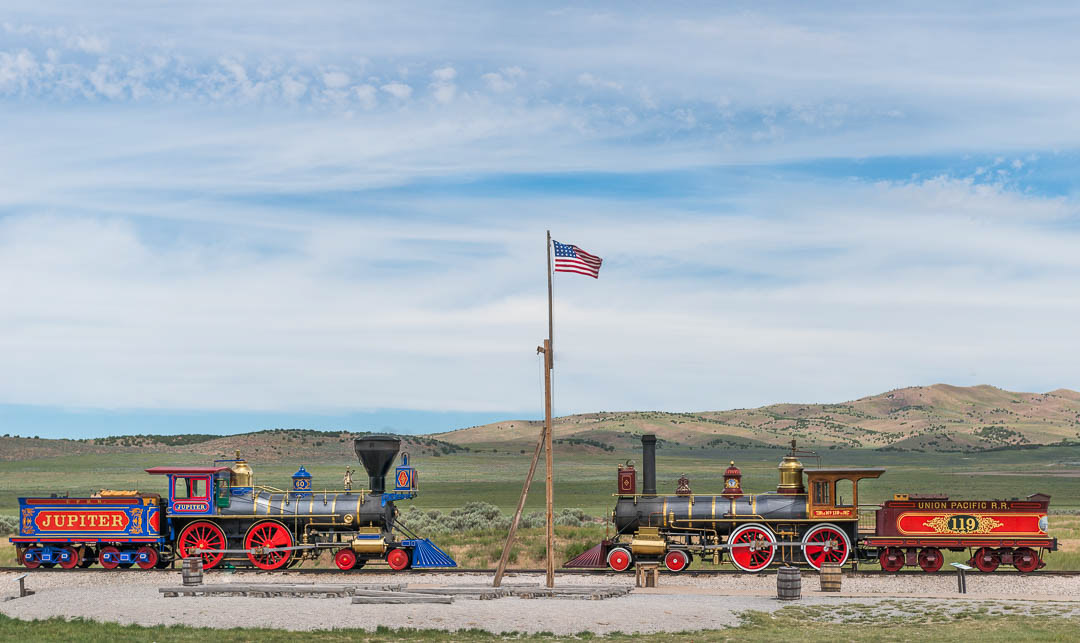
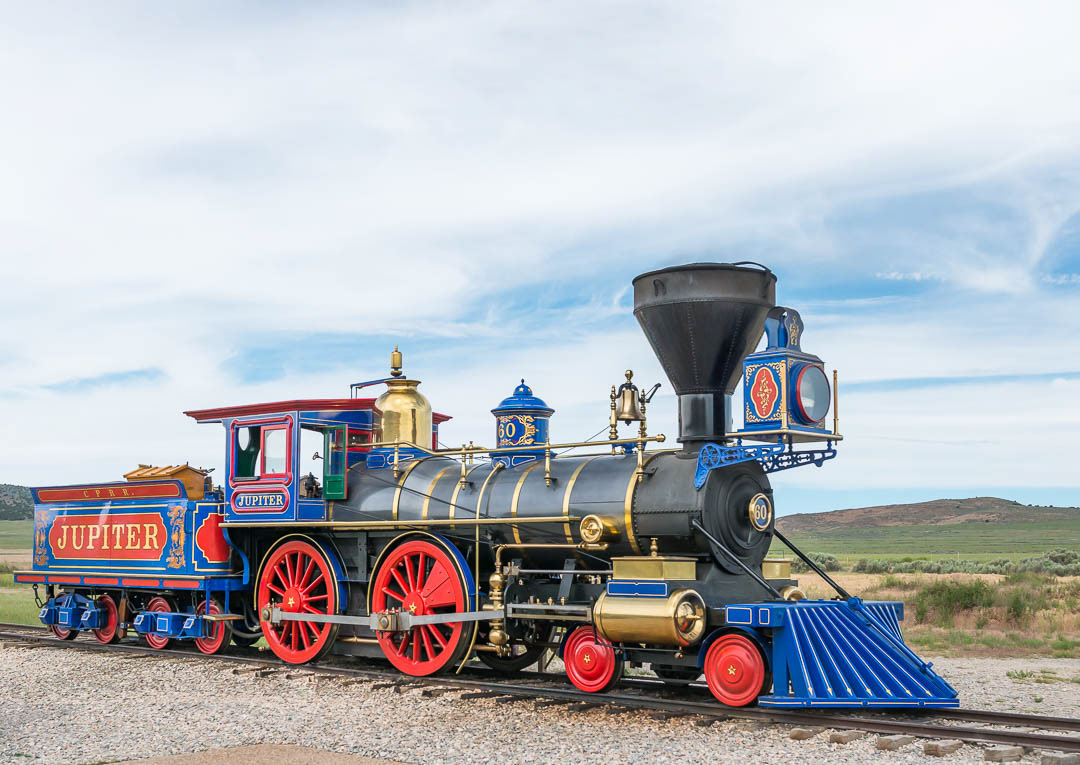
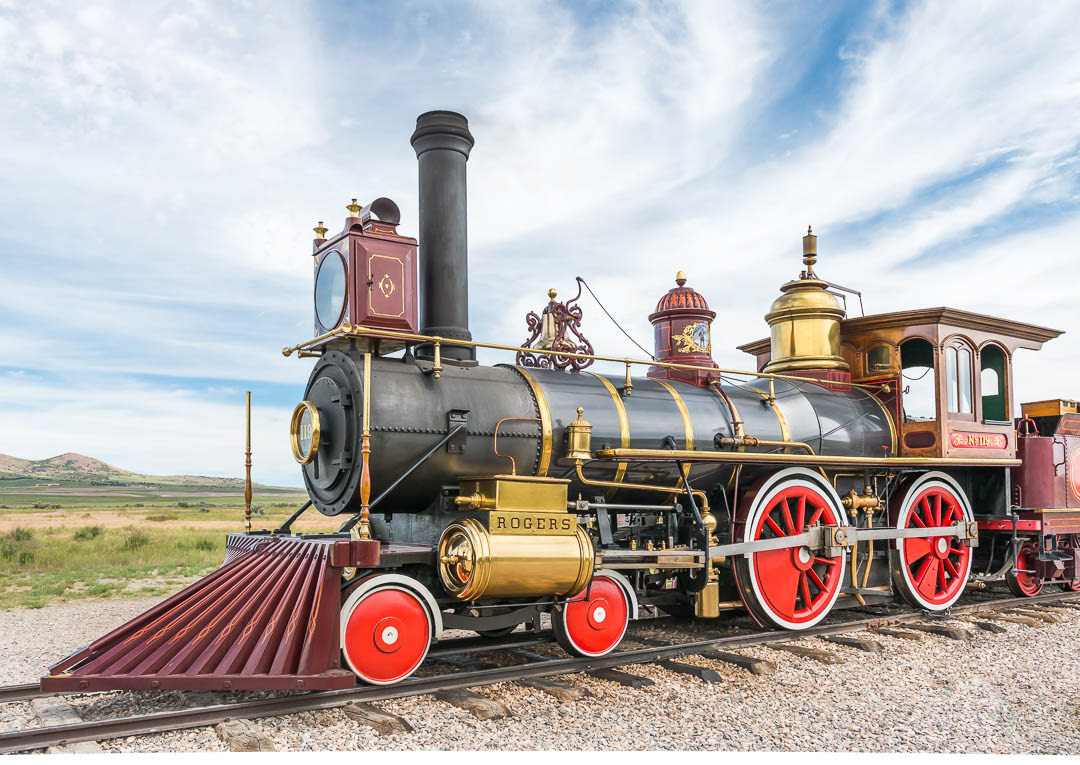
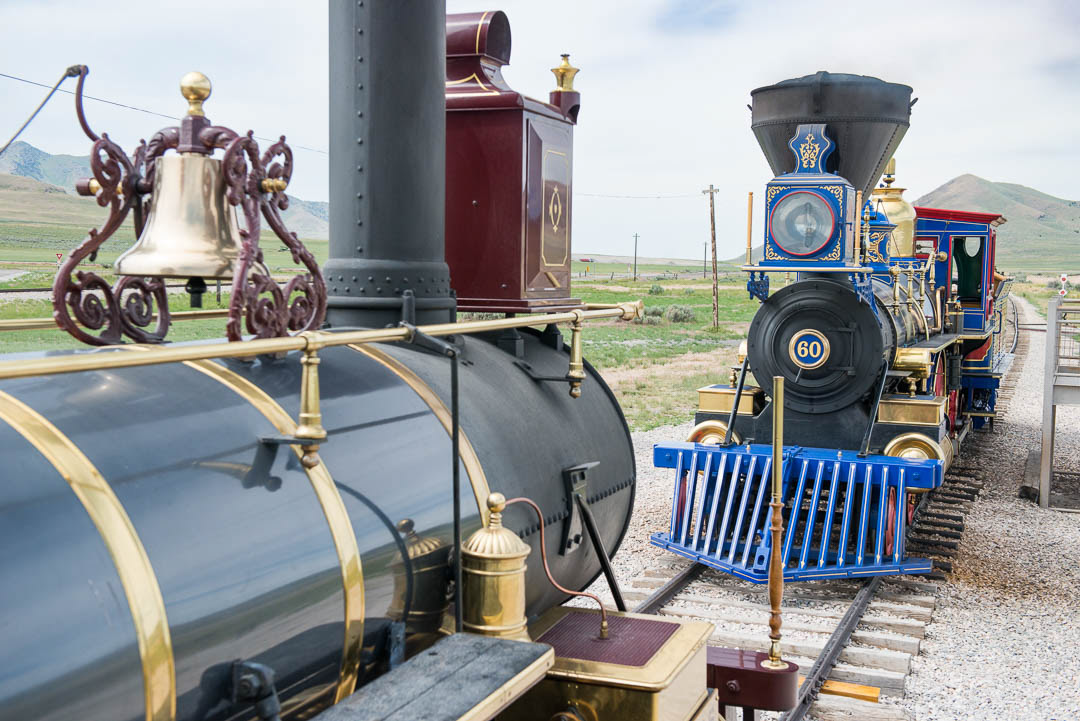
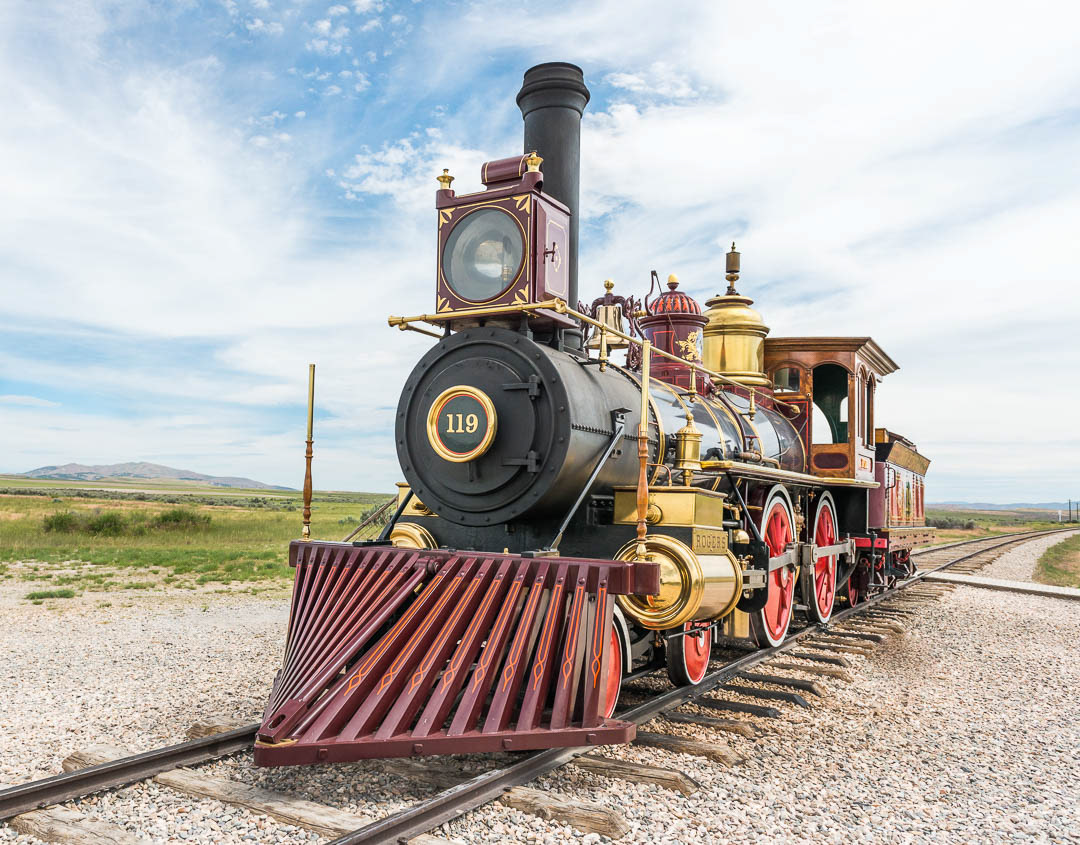
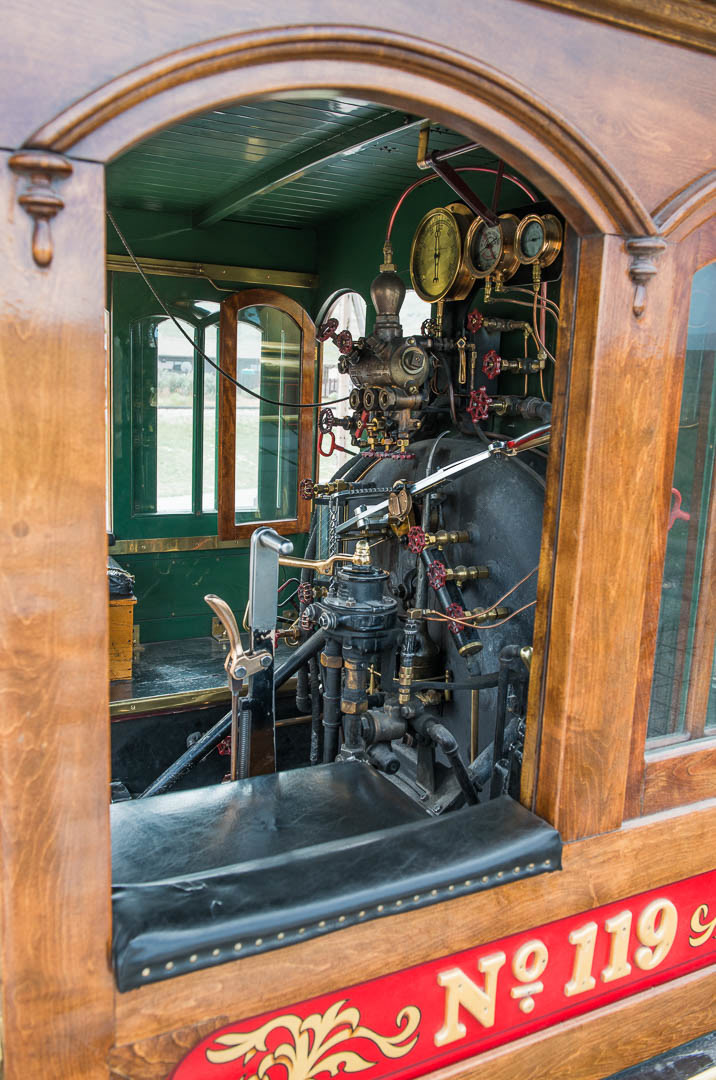
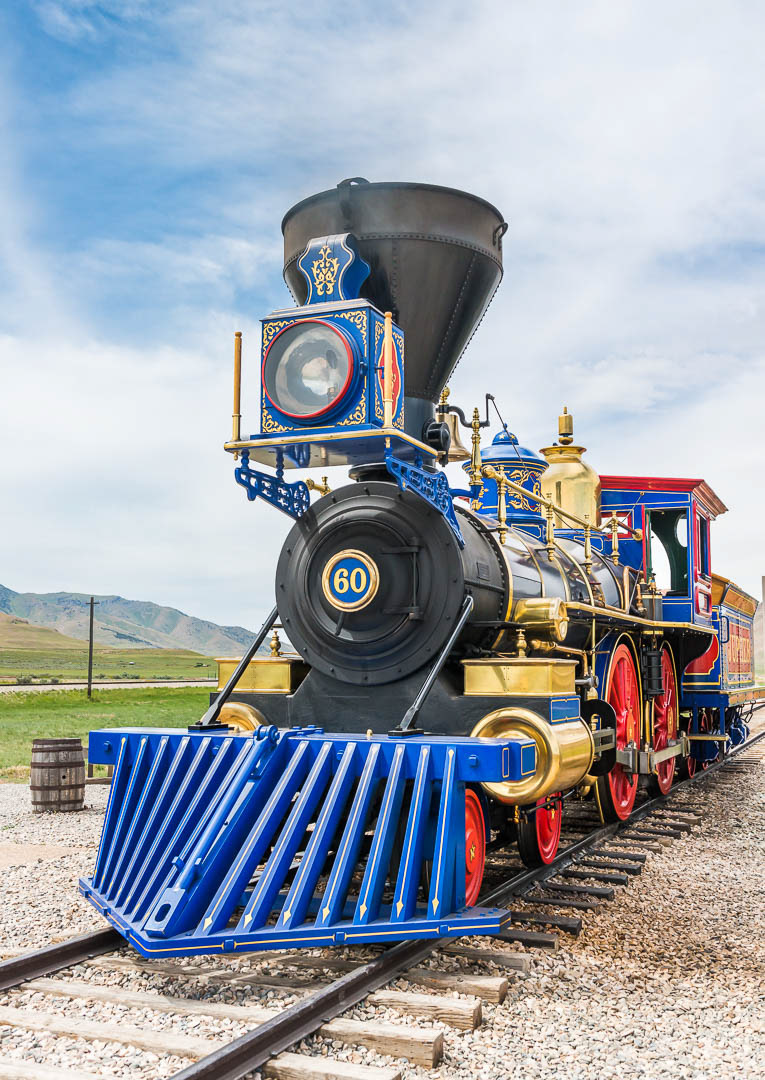
Construction of the Transcontinental Railroad began in 1862. Central Pacific started in Sacramento, California, and Union Pacific started in Omaha, Nebraska. The “Last Spike”, which was the “Golden Spike”, was driven amid great ceremony where, on May 10, 1869, the locomotives of each railroad met at Promontory Summit (Point), Utah. They were the Union Pacific’s No. 119 and Central Pacific’s “Jupiter” (No. 60). The event is commemorated by the Golden Spike National Historical Park where accurate reproductions of these two locomotives are on display at the “wedding of the rails”. An excellent short history of the mishaps, which made these particular engines a part of history, can be found at: https://www.nps.gov/gosp/learn/historyculture/everlasting-steam-the-story-of-jupiter-and-no-119.htm. Before the transcontinental railroad was completed, the trip west took months and was so dangerous that many traveled around Cape Horn by sea or, risking Yellow Fever, via the Isthmus of Panama. The transcontinental railroad reduced the travel time to one week and the fare from $1,000 to $150. The Union Pacific workers were mainly Irish, German, and Italian immigrants and Civil War veterans, while the Central Pacific workers were mainly Chinese immigrants. Each company had about 10,000 workers to do this very dangerous work. A plaque at Promontory Point commemorates the event and pays “tribute to the Chinese workers of the Central Pacific Railroad whose indomitable courage made it possible.”






